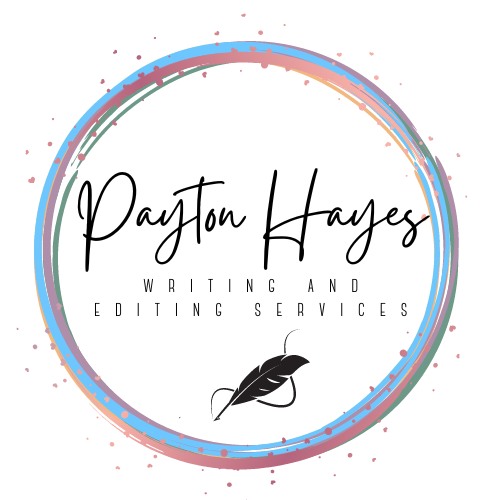Disability and Spectrum Representation in Books
Girl standing next to a person in a wheelchair. Photo by Josh Appel.
Hello readers and writerly friends!
If you’re a returning reader, welcome back and if you’re new to the blog, thanks for stopping by! In this blog post we’re taking a peek into the world of representation in the publishing industry. One incredibly world-changing element of reading is the ability for readers to connect with and imagine themselves in the shoes of the main character. Readers absolutely must make these crucial connections to the main characters to find a deeper immersion and foster a more enriched reading experience.
Unfortunately, not everyone can make these connections so easily. Accurate and respectful representation of both physical and mental disabilities in books is not nearly as prominent as it should be. In fact, that’s an understatement. The majority of books out there, are usually set in the viewpoint of a non-disabled individual, so, readers with disabilities may not find these characters easy to build a bond with. This should be concerning for everyone, because not only do accurate and respectful portrayals of disabled people help educate and inform the readers, it also helps to teach them about compassion.
We begin teaching kindness and sharing at a very, very young age and nurture those values all the way into adulthood, so, why shouldn’t we also be teaching compassion and understanding, especially for those with disabilities. Inclusive stories provide an incredible sense of joy and providing children with these works is critical in fostering an empathetic, compassionate and understanding new generation.
While inclusiveness is incredibly important, it is likewise important to look beyond the disability and see the person. This way of thinking is often referred to person-first, where people don’t simply identify disabled individuals with their disability. Disabled people are people too, and should be treated with respect and dignity, no matter the situation.
This isn’t all to say that accurate and respectful representation of disabilities don’t exist, but in the vast amount of books that we have, there should be way more representation and way more inclusion. As I mentioned before, inclusion provides a great sense of joy and is vital to the way readers experience a story. It’s imperative that these representations find their way into more books.
Likewise, most of these representations are found in non-fiction or informative books, but those books aren’t for everyone, and don’t provide readers with a main character to connect with. We need to see more fictional stories where disabilities are accurately and respectfully portrayed. A few that come to mind are listed below. Please comment any that you feel should be added to the list.
Books that have successfully and accurately portrayed disabled individuals in a way where readers can connect with the characters:
Wonder by R.J. Palacio
Me Before You by Jojo Moyes
An Oath of Dogs by Wendy N. Wagner
Maggot Moon by Sally Gardner
Lupine Road by Cal Matthews
Further Reading
Recent Blog Posts
Written by Payton Hayes | Last Updated: March 17, 2025































